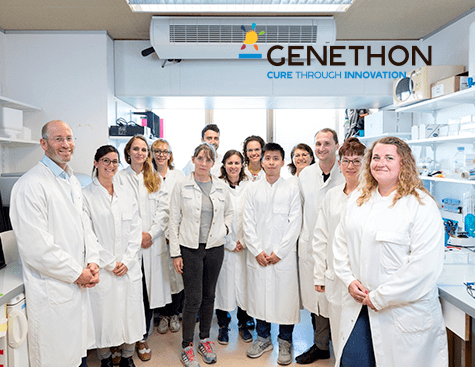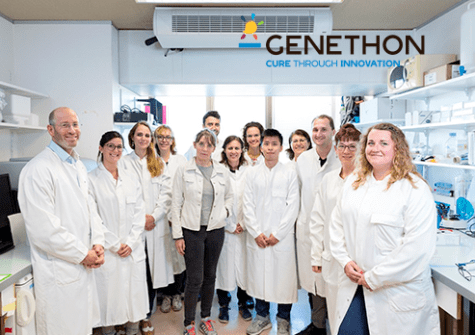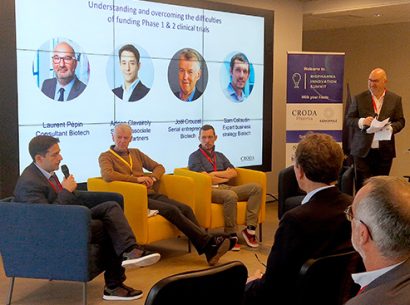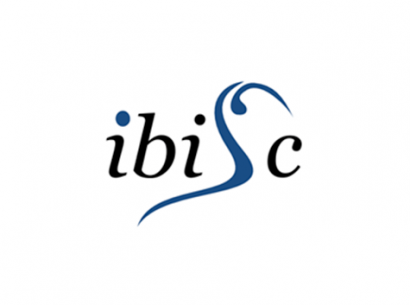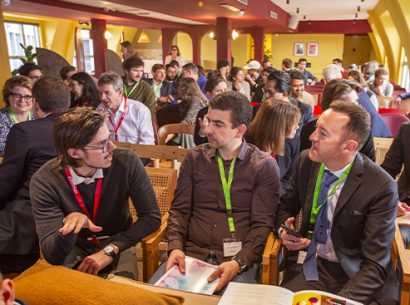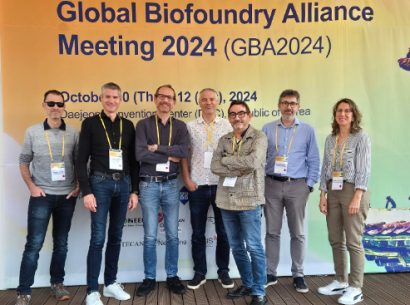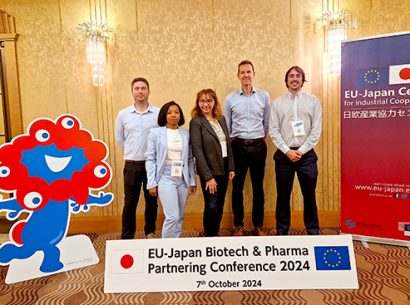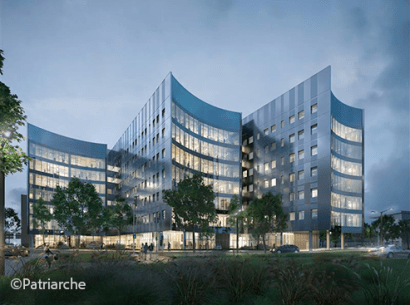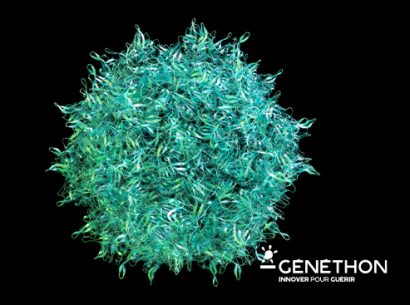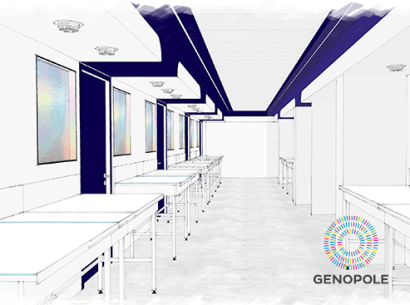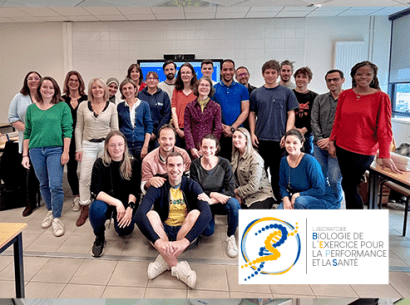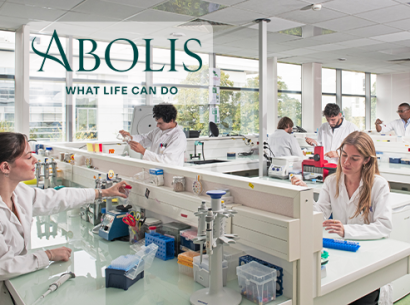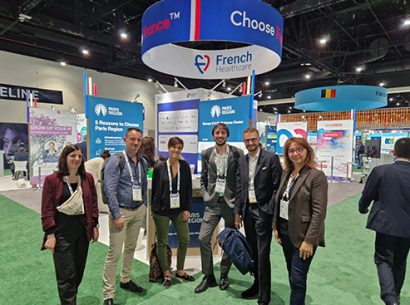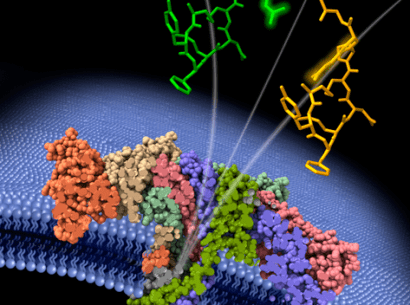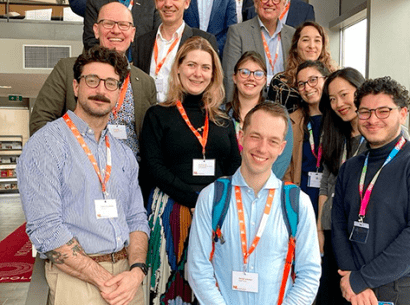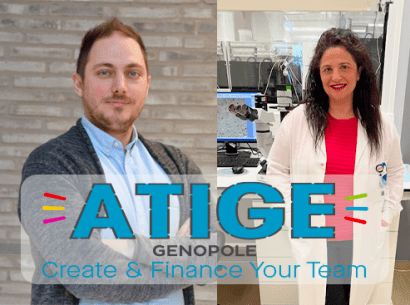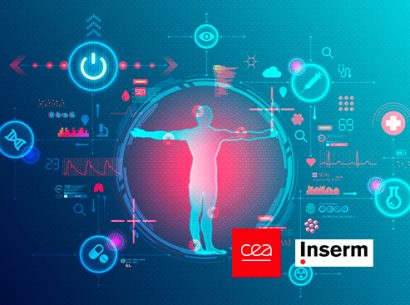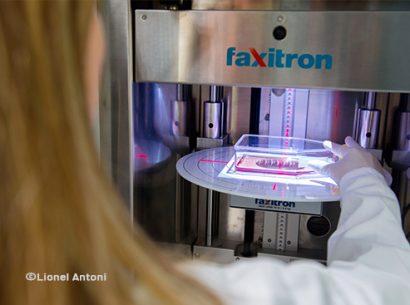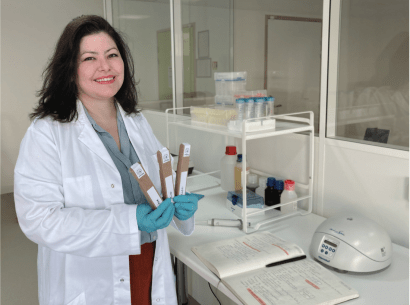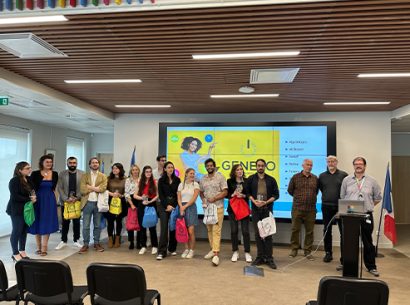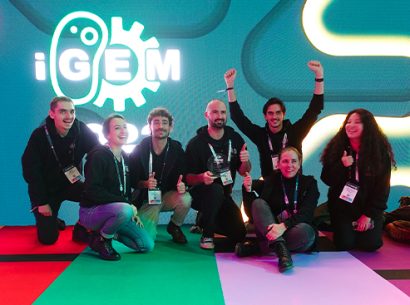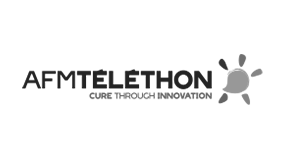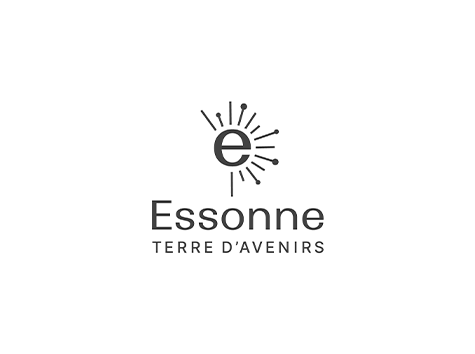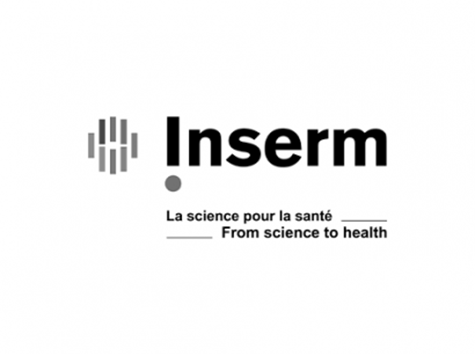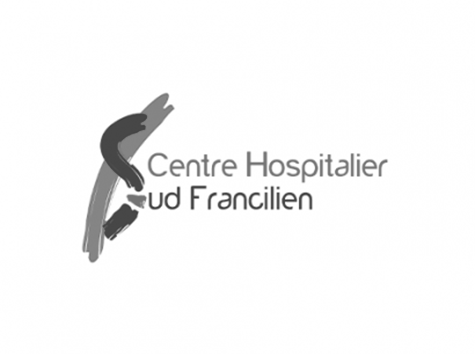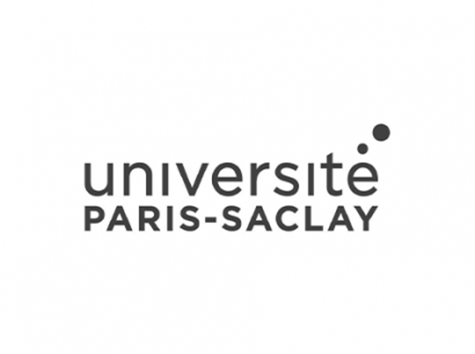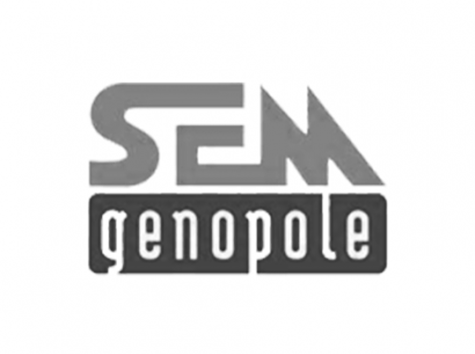After a first article in 2021, Ai Vu Hong, David Israeli, Isabelle Richard and other team members have provided an encore published in October 2022 in Life Science Alliance. In this second work, they explore the role of a group of non-coding RNAs* with genetic roots in the Dlk1-Dio3 (DD) locus in the setting of Duchenne muscular dystrophy (DMD)**.
In their earlier study, the team demonstrated the overexpression of about 20 DD microRNAs -a type of non-coding RNA—in the sera and muscles of patients with DMD. In the most recent one, they experimentally explored the role of that overexpression. The team overexpressed 14 of the DD microRNA in a murine DMD model and measured the effects on muscular activity via transcriptomic analyses. In so doing, the researchers showed that the DD microRNAs act coordinately on mitochondria, the cellular organelles responsible for energy production, by decreasing their activity and increasing oxidative stress. The animal model presented the same muscle dysregulation observed in patients with DMD, in whom the microRNA overexpression occurs as part of the disease.
The DD microRNAs’ action on mitochondrial dysfunction was confirmed in a skeletal muscle cellular model. Specifically, the team reduced the expression of the concerned microRNAs in myotubes (a cellular precursor structure of muscle fibers) created in vitro from iPS cells. The knock-down of those microRNAs indeed led to improvement of mitochondrial activity and in particular of oxidative phosphorylation, the mechanism driving the production of ATP, the cell’s main energy compound. The team also showed the involvement of DD microRNAs in mitochondrial metabolism.

In patients with Duchenne muscular dystrophy (right), there is a permanent state of regeneration in the muscle fibers, which leads to the overexpression of DD microRNAs (small fragments in the image). These latter reduce mitochondrial (kidney-shaped organelle) activity and particularly the oxidative phosphorylation (OxPhos) involved in the production of ATP, the cells primary energy provider.
In healthy individuals (left), DD microRNA production is restrained, leaving the mitochondria unaffected.

